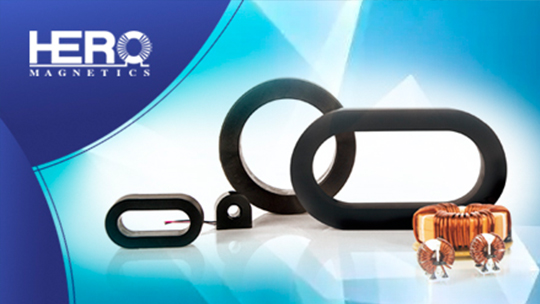Permalloy
Permalloy
To improve resistivity and enhance processing performance, elements such as Mo, Nb, and Mn are often added to Fe-Ni binary alloys [1-3]. The appropriate amount of Mo can improve the magnetic properties of permalloy, reduce sensitivity to stress, and increase initial permeability. A small amount of Cu can improve the initial permeability and maximum permeability of permalloy, reduce its sensitivity to stress and temperature, and enhance its cold working properties. Si is a non-magnetic element, and an increase in Si content tends to reduce the saturation magnetic flux density.
Application
Transformer
Leakage Protector
Common Mode Inductor
Current Transformer
Magnetic Amplifier, Etc
Material Science | Permalloy |
Saturation magnetic induction intensity(Bs/T) | 0.8 |
Initial permeability (μ0) | >8×104 |
Maximum magnetic permeability(μm) | 60×104 |
Curie temperature(℃) | 400 |
Density(g/cm3) | 8.75 |
Stacking coefficient | 0.9 |
Thickness(mm) | 0.15 |
Production Steps
Insulation Systems
- Cobalt-iron alloys: based on magnesium oxide (MgO)
- Nickel-iron alloys: based on zirconium oxide (ZrO) = HITCOAT, developed and patented by VAC
Gluing Technologies developed by VAC
- Standard adhesive K-01 for maximum package density
- High temperature adhesive HT-01 for applications up to 200 °C
Related Products
Contact usGlobal support
Looking forward to your contact.




